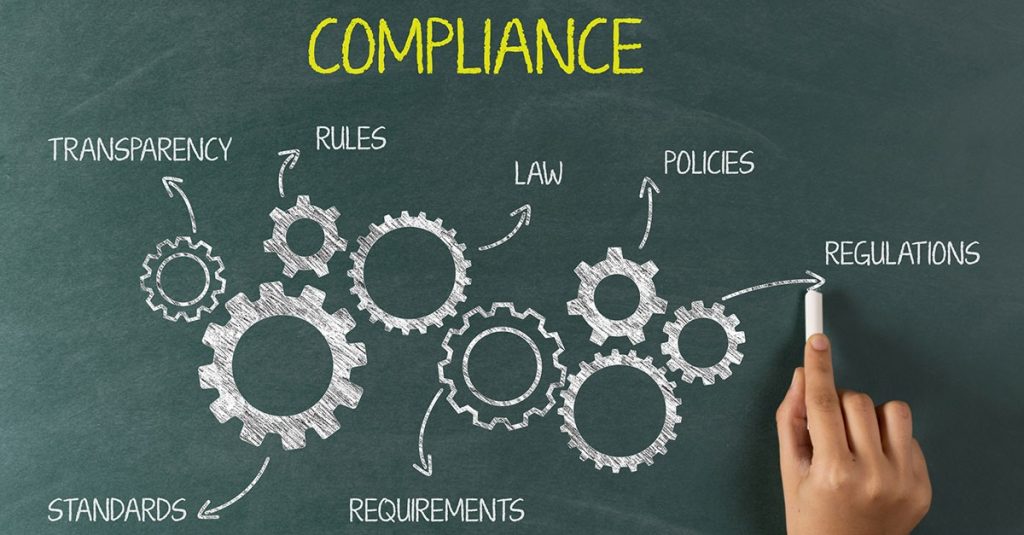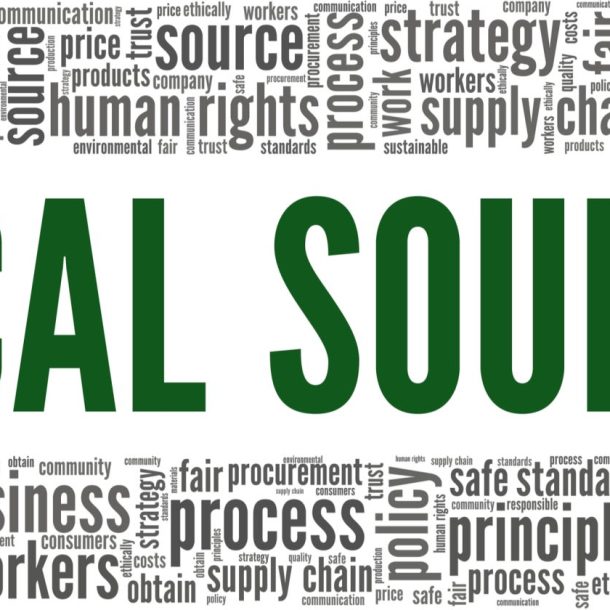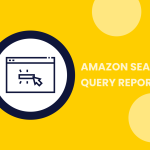
Expanding Internationally: Breaking into Global Markets on Amazon and Beyond
Reaching international markets is one of the most impactful growth strategies for eCommerce brands. With global eCommerce sales projected to hit $6.3 trillion in 2024, expanding internationally isn’t just an option—it’s a smart business move. Amazon makes global expansion more accessible than ever through its Global Selling Program, but successful expansion goes beyond simply listing products abroad.
This guide offers strategic tips and actionable insights to help sellers navigate international eCommerce on Amazon and beyond—with SEO-friendly best practices, smart logistics planning, and localization tactics that resonate with a global audience.

Why Expand Internationally on Amazon?
Amazon operates in over 20 international marketplaces, including Canada, the UK, Germany, Japan, and the UAE. By selling globally, brands unlock new revenue streams, reduce dependency on one market, and build long-term brand equity. More importantly, customers abroad are increasingly looking for unique and high-quality products that aren’t available locally—making it the perfect opportunity for niche brands to stand out.
According to Amazon Global Selling, U.S. sellers can reach hundreds of millions of customers in over 180 countries by leveraging FBA’s global fulfillment network. You can use Amazon’s warehouses to store inventory and ship internationally, eliminating most of the heavy lifting on your end.
Key Considerations Before Expanding Internationally
To succeed globally, it’s essential to understand more than just shipping logistics. Here’s what to evaluate before making the leap:
1. Market Research & Product Viability
Not every product will perform well in every market. Use Amazon’s Marketplace Product Guidance tool or Jungle Scout’s Global Demand dashboard to identify high-demand products per region. Consider:
Local consumer behavior
Seasonality
Competitor analysis
Pricing sensitivity and purchasing power

2. Regulatory & Tax Compliance
Each country has its own regulations for labeling, packaging, product standards, and customs duties. Amazon helps facilitate VAT registration in the EU through its VAT Services on Amazon, but it’s important to consult a tax expert to ensure full compliance across multiple jurisdictions.
3. Localization and Translation
Translation isn’t just about converting words—it’s about adapting your message. Use professional services or tools like Amazon Translate to localize content accurately, including listings, brand voice, and even images.
4. Fulfillment and Shipping
Evaluate whether you’ll use Fulfillment by Amazon (FBA) in each international region or consider alternatives like Fulfilled by Merchant (FBM) or a hybrid model. You might also look into Shopify Markets Pro if you’re selling on multiple platforms, as it automates duties, taxes, and shipping logistics outside Amazon.
Steps to Start Selling Internationally
1. Choose Your First International Marketplace
Start with a country that shares similar cultural values, language, or shopping habits. Canada and the UK are popular entry points for U.S. sellers due to language and geographical proximity.
2. Set Up Amazon Global Selling
Register for Amazon Global Selling through your existing Seller Central account. Choose the marketplaces you want to expand into and configure fulfillment options.
3. Adapt Your Listings
Create optimized listings in the target language. Focus on benefits relevant to that market—what appeals to a customer in the U.S. might not resonate in Japan or Germany.
4. Register for Local Tax IDs
This is especially important in the EU, where sellers must be VAT-compliant. Amazon offers guidance, but you can also work with local tax consultants for complex filings.
5. Monitor Performance & Iterate
Track sales, customer feedback, and A/B test different price points or listing copy to find what works best in each country. Be ready to iterate based on local performance.

Selling Beyond Amazon
While Amazon offers a robust foundation for global expansion, diversifying your presence across platforms can drive long-term growth. Consider launching a localized Shopify store using Shopify Markets, which enables international pricing, translations, and payment processing tailored to each country.
If you’re targeting B2B or niche segments, platforms like Faire or Walmart Marketplace might offer additional exposure. Walmart has also begun expanding internationally, including partnerships in Chile, Mexico, and Canada—making it another avenue for cross-border reach.
Best Practices for Ongoing Success
Leverage Local Influencers: Micro-influencers in international markets can give your brand credibility and visibility.
Use Dynamic Currency Conversion: Ensure pricing displays in the shopper’s local currency to reduce cart abandonment.
Offer Excellent International Customer Service: Consider multi-language support and clear return policies.
Stay Agile: Monitor performance, stay compliant with ever-changing regulations, and adjust your strategy as markets evolve.

Final Thoughts
Expanding internationally through Amazon is no longer reserved for large corporations. With the right tools, research, and strategies, even small to midsize sellers can compete and win globally. By taking a customer-first approach, localizing your presence, and leveraging fulfillment networks like FBA or tools like Shopify Markets, you’ll be well-positioned for international growth—on Amazon and beyond.
Looking for help expanding your Amazon brand internationally? Our expert team can guide you through marketplace selection, listing optimization, compliance, and strategy development. Let’s build your global presence—together.














